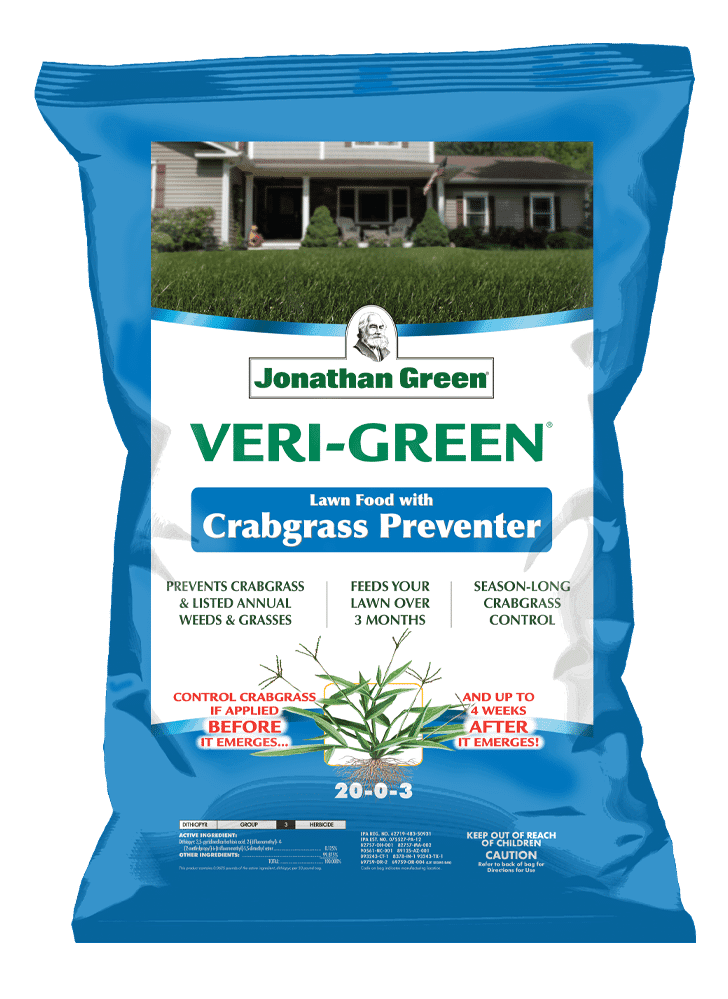Best Fertilizer for Green Grass
At Jonathan Green, we help homeowners understand the basics about lawn fertilizer so they can choose the very best products to green up their grass and help their lawns reach their full potential.
Jonathan Green has been growing beautiful, dark-green lawns since 1881. We supply genetically superior cool-season grass seed and other lawn and soil care products to commercial sod growers and independent home and garden retailers in all areas of the United States where cool-season lawn grasses – Kentucky Bluegrass, Tall Fescue, Perennial Ryegrass, and Fine Fescues – are grown.
By following our revolutionary New American Lawn Care Plan, it will be easier than ever to care for your lawn. You will learn how to address the root like weeds and insects. Our goal is to help you feed your lawn AND your soil so that you can grow a beautiful Black Beauty® lawn.
Understanding Lawn Fertilizers
Fertilizers are designed to supplement plant growth when the soil does not provide sufficient nutrients for optimal growth. Different plants have different requirements, so we offer many different formulas based on the N-P-K numbers on the bag (e.g., 21-0-3).
The first number is Nitrogen (N), which is needed for “green” growth. The second number is Phosphorous (P), which encourages strong root growth. And the third number is Potassium (K), which helps supply disease resistance and overall plant health.
Lawns need to be fed during the peak growing months from spring through fall to look their best. Applying fertilizer once or twice a year is not enough to have a healthy growing lawn. Lawns like to be fed three to four times a year based on the type of fertilizer you are using. The first feeding of the season in spring is important because it brings your lawn out of winter dormancy.
You will have some leeway in how much fertilizer you apply to your lawn, but remember that too much nitrogen, phosphorous, and potassium can negatively affect grass growth and contribute to ground water contamination and algae blooms in rivers, lakes, and bay areas. The over-application of nitrogen alone can burn existing grass blades and shock and dessicate the grass plants to the point where the lawn may be killed where excessive applications of nitrogen have been made.
Which Fertilizer Should You Choose?
If you typically have crabgrass in your lawn, use Jonathan Green Veri-Green Crabgrass Preventer plus Lawn Fertilizer (20-0-3) to help prevent the problem. Sometimes it is best to delay application of this product until late spring to gain better control over summer-germinating crabgrass.
Be sure to feed your lawn again before summer arrives with Veri-Green Weed & Feed Lawn Fertilizer (21-0-3). Early fall and late fall feedings with Winter Survival Fall Lawn Fertilizer (10-0-20) will help repair summer damage, encourage winter disease prevention, and promote early spring Veri-Green.
Mentioned Products
Buy the best fertilizer for green grass and learn more about how and when to fertilize your lawn by visiting Jonathan Green online or contacting your nearest independent hardware store or garden center for premium products and valuable lawn care advice.


